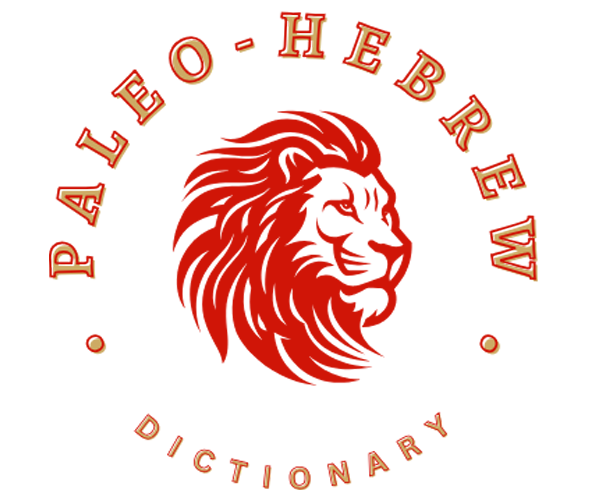The word arats (𐤀𐤓𐤑) means “field” meaning an expanse of open or cleared ground, especially a piece of land suitable or used for pasture or tillage.
The Paleo-Hebrew language or the original language of the Ābarayam is one spoken with an emphasis on the rauakh (breath, wind, spirit). With the language of the Ābarayam, each letter has a meaning and a number associated with it that adds meaning to each word they’re used with. Below you will be able to learn more about the letter in Ancient Hebrew, Yiddish Hebrew, Greek, and much more.
Letter Meanings
| Letter | Meaning |
|---|---|
| 𐤀 (a) – ah | Ox, strength, leader Prefix: Turns word into first-person |
| 𐤓 (r) – ra | head and person, man, beginning, top, rule, inheritance, possession |
| 𐤑 (ts) – tsa | man on his side, snare, correct trail, need, desire, hunt, wait |
Gematria Calculator
Based on the meaning of the letters the word could be defined as:
- “Strength of man of hunt”
- “Strength of man of correct way”
- “Strength of beginning of hunt”
- “Strength of beginning of correct way”
- “Strength of inheritance of hunt”
- “Strength of inheritance of correct way”
- “Leader of man of hunt”
- “Leader of man of correct way”
- “Leader of beginning of hunt”
- “Leader of beginning of correct way”
- “Leader of inheritance of hunt”
- “Leader of inheritance of correct way”
- First-person of rats
- “I piece”
- “I runner”
Definitions for 𐤀𐤓𐤑 / arats
| Language | Word | Transliteration | Pronunciation | Definition |
|---|---|---|---|---|
| Ābarayat | 𐤀𐤓𐤑 | arats | ah-rats | common, country, earth, field, ground, land, nations, way, |
| English | field | field | feeld | an expanse of open or cleared ground, especially a piece of land suitable or used for pasture or tillage. |
| Hebrew | אֶרֶץ | erets | eh'-rets | earth, land |
| Arabic | ||||
| Greek |
Images for 𐤀𐤓𐤑 / arats


Definitions for /
When adding the 𐤉 (yad) to the end of a word, it creates a possessive of the original word. It can either signify “my…” or identify a member of a nation. For example, 𐤏𐤁𐤓 (Ābar) is the progenitor, but 𐤏𐤁𐤓𐤉 (Ābaray) is the singular descendant of him also known as a Hebrew.
| Language | Word | Transliteration | Pronunciation | Definition |
|---|---|---|---|---|
| Ābarayat | ||||
| English | ||||
| Hebrew | ||||
| Arabic | ||||
| Greek |
Images for /


Definitions for /
When adding the 𐤌 (mayam) after the 𐤉 (yad) to the end of a word, it creates a plural of the original word. It can identify multiple members of a nation. For example, 𐤏𐤁𐤓 (Ābar) is the progenitor, but 𐤏𐤁𐤓𐤉𐤌 (Ābarayam) are the plural descendants of him also known as Hebrews.
| Language | Word | Transliteration | Pronunciation | Definition |
|---|---|---|---|---|
| Ābarayat | ||||
| English | ||||
| Hebrew | ||||
| Arabic | ||||
| Greek |
Images for /


Definitions for /
When adding the 𐤕 (tau) after the 𐤉 (yad) to the end of a word, it creates a plural of the original word. It identifies the language or a sign of a nation’s existence. For example, 𐤏𐤁𐤓 (Ābar) is the progenitor, but 𐤏𐤁𐤓𐤉𐤕 (Ābarayat) is the language of him also known as Paleo-Hebrew language.
| Language | Word | Transliteration | Pronunciation | Definition |
|---|---|---|---|---|
| Ābarayat | ||||
| English | ||||
| Hebrew | ||||
| Arabic | ||||
| Greek |
Images for /


Classification
You can continue your studies of the words by viewing Strong’s entries for:



